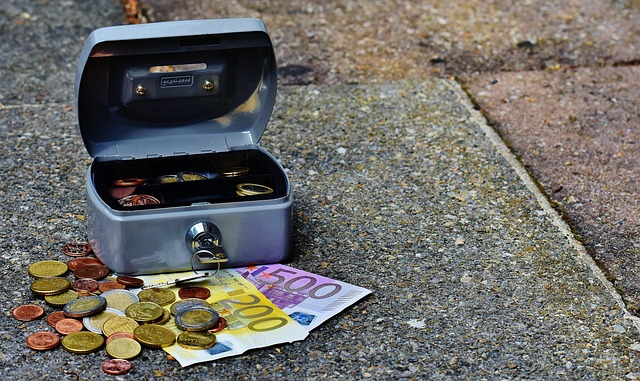After a borrower defaults on title loan payments, the lender initiates a legally authorized title loan recovery after repossession. This involves a notice period for borrowers to catch up or negotiate, followed by an inspection of the secured vehicle to assess its condition and provide a fair market value estimate. Lenders communicate through legal notices, offering negotiation options. Post-recovery, focus on mending financial situations, exploring alternative financing, monitoring credit reports, and rebuilding financial reputation.
“If you’re facing potential title loan recovery after repossession, understanding the process and its impact is crucial. This comprehensive guide breaks down the intricate steps involved in both the repossession itself and the subsequent recovery process. From learning about the repossession of your vehicle to strategies for reconstructing your financial standing post-recovery, gain valuable insights into navigating this challenging period. Discover key actions to take, legal rights to be aware of, and expert advice to help you regain control.”
- Understanding Title Loan Repossession Process
- Steps Involved in Recovery After Repossession
- Reconstructing Your Financial Standing Post-Recovery
Understanding Title Loan Repossession Process

When a borrower defaults on their title loan payments, the lender may initiate the title loan recovery process, which involves repossessing the secured vehicle. This is a legally authorized step where the lender takes physical possession of the vehicle to recover the outstanding debt. Understanding this process is crucial for borrowers who find themselves in such a situation.
The title loan recovery after repossession typically begins with a notice period. Lenders are required by law to inform the borrower about the impending repossession, giving them an opportunity to catch up on payments or come to an agreement. During this time, it’s essential to stay in communication with the lender. After the notice period, if the debt remains unpaid, the lender will arrange for a vehicle inspection to assess the condition of the secured asset. This step ensures that the repossession is conducted fairly and that the borrower receives a fair market value estimate for their vehicle, helping them understand what to expect during the recovery process.
Steps Involved in Recovery After Repossession

After a vehicle has been repossessed due to default on a title loan, the recovery process involves several steps designed to return the car to its rightful owner or, if unclaimed, to be sold off. The first step is an assessment of the vehicle’s condition, which determines its current market value. This appraisal is crucial as it sets the recovery strategy—whether the vehicle will be repaired and sold or simply auctioned off as-is.
Next, the lender initiates communication with the borrower, often through legal notices. They have the right to negotiate a buyout or arrange for flexible payments to reclaim their vehicle collateral. This flexibility can prove beneficial if borrowers are facing financial emergencies and need access to their emergency funds. The recovery process aims to be fair while ensuring the lender’s rights under the terms of the title loan agreement are respected.
Reconstructing Your Financial Standing Post-Recovery

After your vehicle has been recovered following a title loan repossession, the next step is to focus on reconstructing your financial standing. The first order of business should be to assess the extent of the damage and understand how this event will impact your credit score and overall financial health. One effective strategy is to review your budget and create a plan to pay off any remaining debts, ensuring that you stay current with all future payments.
Consider exploring alternative financing options like motorcycle title loans or leveraging the vehicle equity you still hold. These strategies can help you regain control of your finances without further jeopardizing your assets. Additionally, regularly monitoring your credit report is crucial during this period to ensure accuracy and identify any discrepancies that may affect your ability to obtain future loans. By taking proactive measures, you can work towards rebuilding your financial reputation post-recovery.
Title loan recovery after repossession can be a challenging process, but understanding the steps involved and knowing how to rebuild your financial standing afterward are crucial. By familiarizing yourself with the repossession process, from initial notices to potential negotiations, you can better navigate this situation. Following repossession, focusing on repairing your credit score, creating a budget, and seeking alternative financing options will help you regain control of your finances. With dedication and strategic planning, it’s possible to move forward and avoid future financial setbacks.






